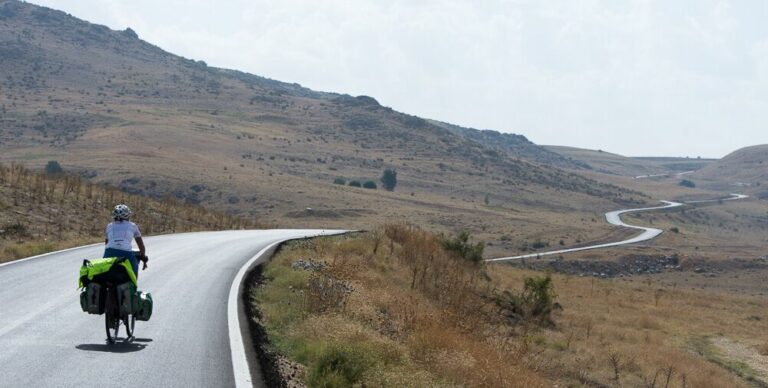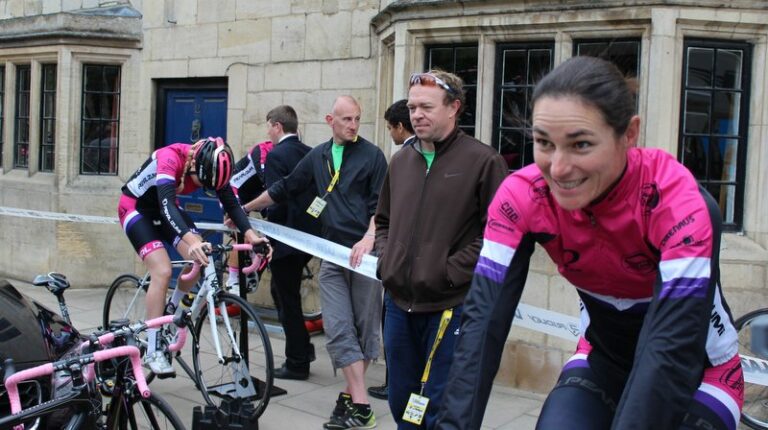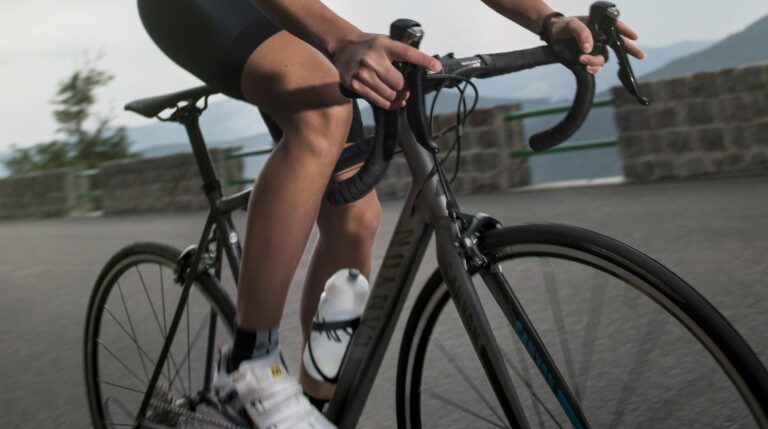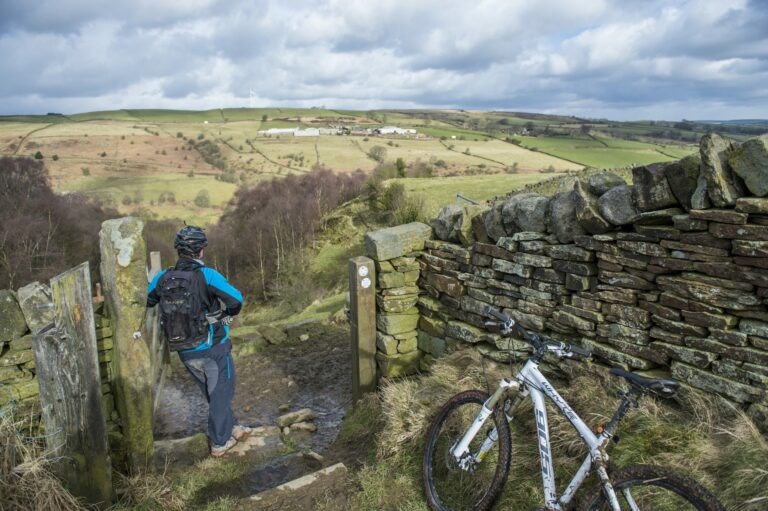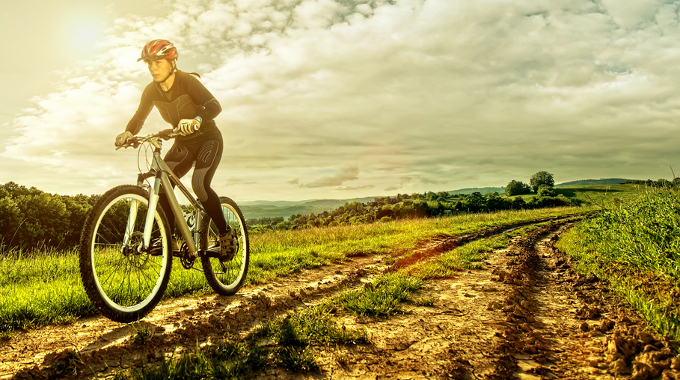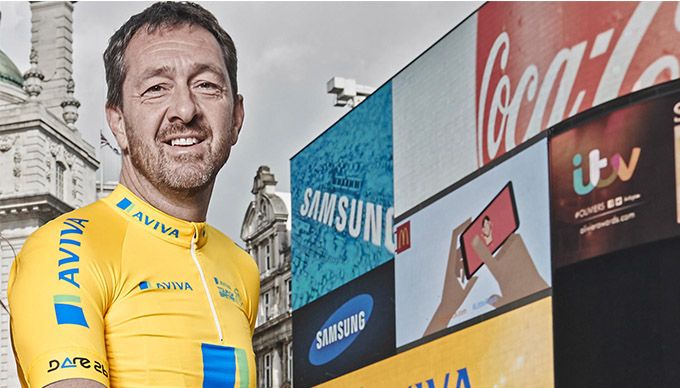
We recently spoke to Chris Boardman, best known, in the UK at least, for his winning performance at the 1992 Barcelona Olympics and today as a prominent advocate for UK Cycling.
We wanted to get his opinion on a bundle of topics including how we can make cycling safer, the exposure of women’s pro cycling and some essential road bike tips to make us more efficient in the saddle.
The popularity of cycling to work has certainly risen recently as has the awareness of its benefits.
Do you think initiatives like the Safer Lorry Scheme (which ensures only lorries with basic safety equipment fitted will be allowed on London’s roads) will mark a significant change?
I think keeping cycling visible and in the news so we can take it from being a minority of people to being more mainstream will make the difference. London sends a powerful message by stating that if lorries don’t have safe guards and extra mirrors, they cannot enter the city.
Changing the lorry design makes such a big difference and it’s totally do-able. The fact is that the majority of cycling deaths this year have involved an HGV and you can only assume that this new scheme will have a positive effect on safety.
The focus on it might also prompt a change in behaviour in the way people are driving in addition to the technical changes to the vehicle.
I don’t think the most important (change) by a long way. I think first and foremost you have to create space for people to ride bikes and that’s the scary political one, but that’s the one that really makes the difference.
The men’s Tour of Britain started over the weekend. You were a big supporter of the Aviva Women’s Tour this year, do you see this as a step towards more coverage and awareness of women’s pro races?
I think what I enjoyed about the last Aviva Women’s Tour were the resources that went into creating an international event, that was properly televised by ITV and it gave women’s racing in the UK, in fact globally, a major event.
It will still take time to build and it’s always been tricky as you need the volume of riders to get the quality of field that creates good racing that people want to televise. Without those things, you don’t get the exposure or attract the finances that allow that to happen.
It’s a cyclical problem and at some point, somebody’s got to break away and say, “we’re going to start the process” and I think that’s what happened with the Aviva Women’s Tour – we have a women’s cycling event now that’s on the calendar that’s properly televised.
Have you got any predictions for the upcoming Aviva Tour of Britain?
What I enjoy about the Tour of Britain is it’s unpredictability and if you look at it’s past winners they’re not necessarily the biggest names that win. Although those names are present, it’s such a scrappy race that it’s a real opportunity for people who are up and coming.
It’s generally won by, not necessarily the biggest name, but the person whose tenacious and just keeps plugging away until they get into a breakaway and make it stick. The terrain in the UK is perfect for that, there’s no big mountain where you know that’s where the race will be decided. You just don’t know whose going to win and I think that’s what makes it great to watch.
Of course, we can’t all be pros but still hear the term ‘marginal gains’ quite a lot, can these apply to the everyday cyclist? Any tips?
If you’re looking to increase your speed during a sportive, you can still apply the same thinking and the same technology as the pros do.
Air resistance, pushing air out of the way, is where 70% of your energy is spent. So first look at your position on the bike and then what clothing you are wearing.
You could focus on getting into a smaller, more tucked position. Just reducing your silhouette will have the biggest impact. Tighter fitting clothing always makes a difference because you’re making up 80% of the frontal area and that mass is going to have the biggest impact.
Helmets with covered holes rather vented, depending on temperature, make a significant difference. Of course, there’s always the option, if possible to throw money at it with lots of techy things like aero bikes and aero wheels for example!
Do you think we should be looking at women-specific road bikes or are unisex frames the way to go?
My own experience says it’s actually size specific rather than gender apart from saddles which are gender specific the bikes are size specific.
We do a female range (at Boardman Bikes) with narrower bars and some geometry tweaking but I would definitely say it was size over gender.
Having a good bike fit is really advisable because it helps you get the choice right the first time and is therefore a feasible investment. Some companies now throw it in as part of the bike price, others will charge £70, really technical ones are about £200 or more.
On thing that the industry doesn’t do very well, and it’s where you hit practicalities, is the wheel size should scale with the bike. We tend not to do that because we run into problems with sourcing tyres but everything should scale with the bike size, including the tyres. This may change because of what’s happening with mountain biking with several wheel sizes that have come into fashion in the last few years.
Liked this? You might also like..
Commuting to Work Makes You Feel More Lively

